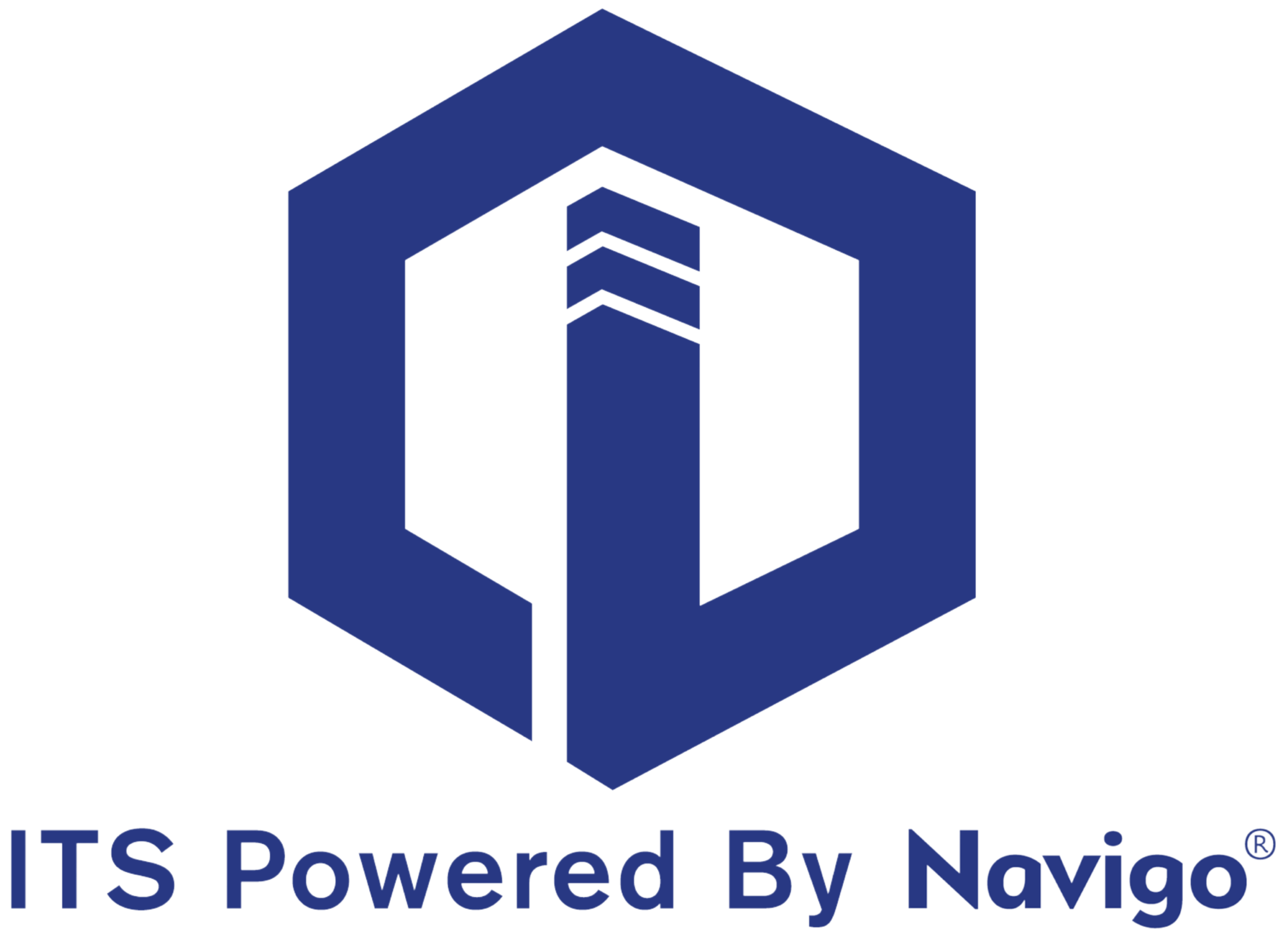Headquarters
7150 Columbia Gateway Drive, Suite L, Columbia, MD 21046
New York Location
112 West 34th Street, 18th floor, Room 18025 New York, NY 10001

Proud member

Digital signage has emerged as a powerful communication tool that enhances engagement, delivers dynamic content, and captivates audiences. However, successful implementation of digital signage requires careful coordination and planning, especially when it comes to installation. In this blog, we will explore the importance of effectively coordinating digital signage installation and how it can contribute to a seamless and impactful deployment.
Coordinating digital signage installation begins with thorough preparation and site assessment. It is essential to evaluate the physical space, infrastructure requirements, and connectivity options to ensure a smooth installation process. This assessment allows for proper positioning of displays, consideration of power and network requirements, and identification of any potential challenges that may arise during installation. By understanding the site's unique characteristics, businesses can plan accordingly and avoid unnecessary delays or complications.
Digital signage installation often involves collaboration with multiple stakeholders, including the signage provider, IT teams, facility managers, and relevant contractors. Effective communication and coordination among these parties are critical for a successful installation. Regular meetings and discussions ensure that everyone is aligned on the project timeline, installation procedures, and potential obstacles. Coordinating efforts, sharing responsibilities, and establishing clear lines of communication are essential to minimize disruptions and keep the installation process on track.
Timely execution is crucial when it comes to digital signage installation. Clear project management, with defined milestones and deadlines, helps ensure that the installation process progresses smoothly. Regular monitoring and evaluation of the project's progress allow for early detection of any issues or delays, enabling prompt resolution. Proper project management also involves coordinating tasks, managing resources effectively, and maintaining open communication channels to address any unforeseen challenges that may arise during installation.
Once the physical installation is complete, thorough testing and training are essential to ensure that the digital signage system operates flawlessly. This involves testing the hardware, software functionality, content playback, and network connectivity. Any issues or glitches can be addressed promptly, minimizing any disruptions once the signage is live. Training sessions should also be conducted to familiarize relevant personnel with the operation and management of the digital signage system, ensuring they can confidently utilize its features and maximize its potential.
Coordinating digital signage installation is a crucial aspect of a successful deployment. Proper preparation, collaboration with stakeholders, timely execution, and thorough testing and training contribute to a seamless integration of digital signage into any environment. By prioritizing coordination and effective project management, businesses can ensure a smooth installation process, minimize disruptions, and unleash the full potential of digital signage to engage and captivate their audiences. Investing time and effort into the coordination of digital signage installation is a worthwhile endeavor that paves the way for a visually stunning and impactful communication solution.
Explore itouchinc.com for more information on our solutions or contact us for needs unique to your property or project.
7150 Columbia Gateway Drive, Suite L, Columbia, MD 21046
112 West 34th Street, 18th floor, Room 18025 New York, NY 10001

Proud member
Toll-Free
Phone
© Copyright 2025 ITS, Inc. All rights reserved.
Stay in touch with the latest news and updates from ITS, Inc.
7150 Columbia Gateway Drive, Suite L
Columbia, MD 21046
112 West 34th Street, 18-025
New York, NY 10001